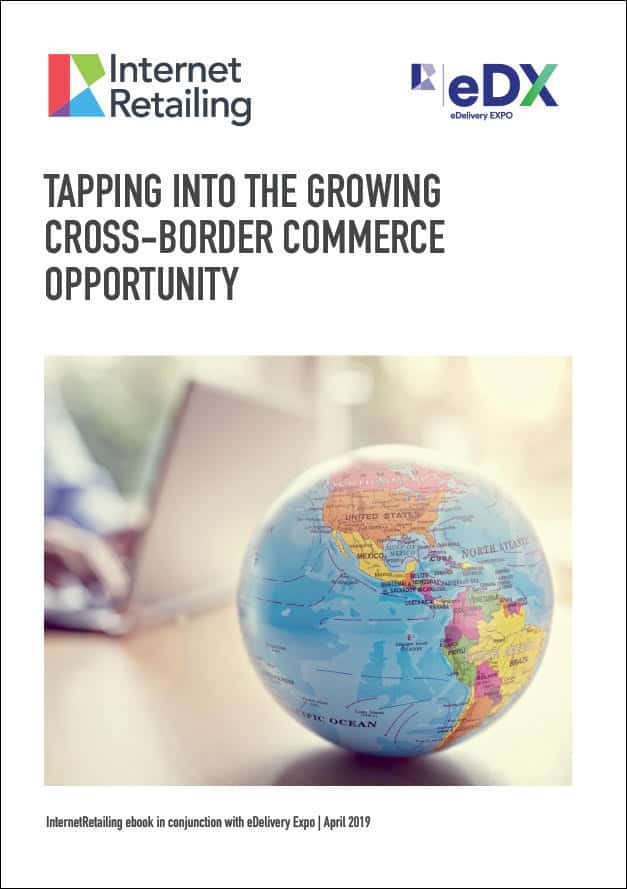Ecommerce has gone global. The desktop and mobile screens have extended the reach of shoppers beyond their own borders to practically anywhere.
Taking the EU as an example, a report by Research and Markets says that the share of online shoppers making purchases across borders increased by over 10 percentage points over the last five years, reaching over 40%.
As we’ll see, a range of factors are driving online shoppers to look abroad, including price and the unavailability of products in their own markets. Conversely, factors like delivery speed which might be priorities for consumers buying domestically are less of a motivator.
The other side of the coin is of course that retailers also now have a global reach. According to a study by AliResearch and Accenture, the market will be worth nearly $1 trillion by 2020.
For companies that want to take a slice of this growing pie, it’s crucial to have the right strategy in place. It is not always easy to get it right – major names such as Yves Rocher and Sephora have pulled out of the UK market in the last year.
Retailers need to have the right interfaces to sell to the customer, as well as the infrastructure in place to ensure they get the product and potentially are able to return it.
In this ebook, we will highlight some of the areas we most commonly come across in discussions of cross-border strategy.





